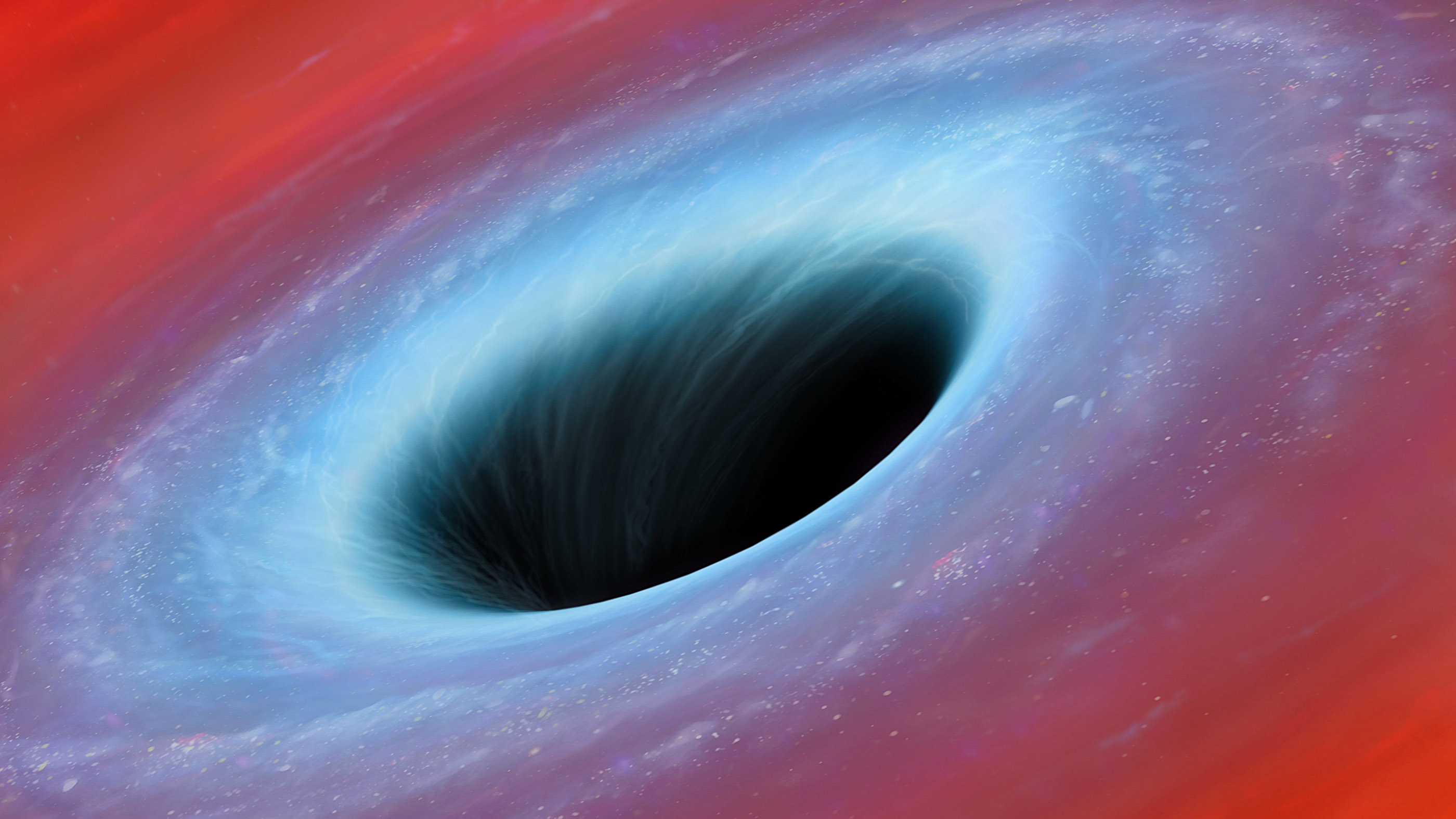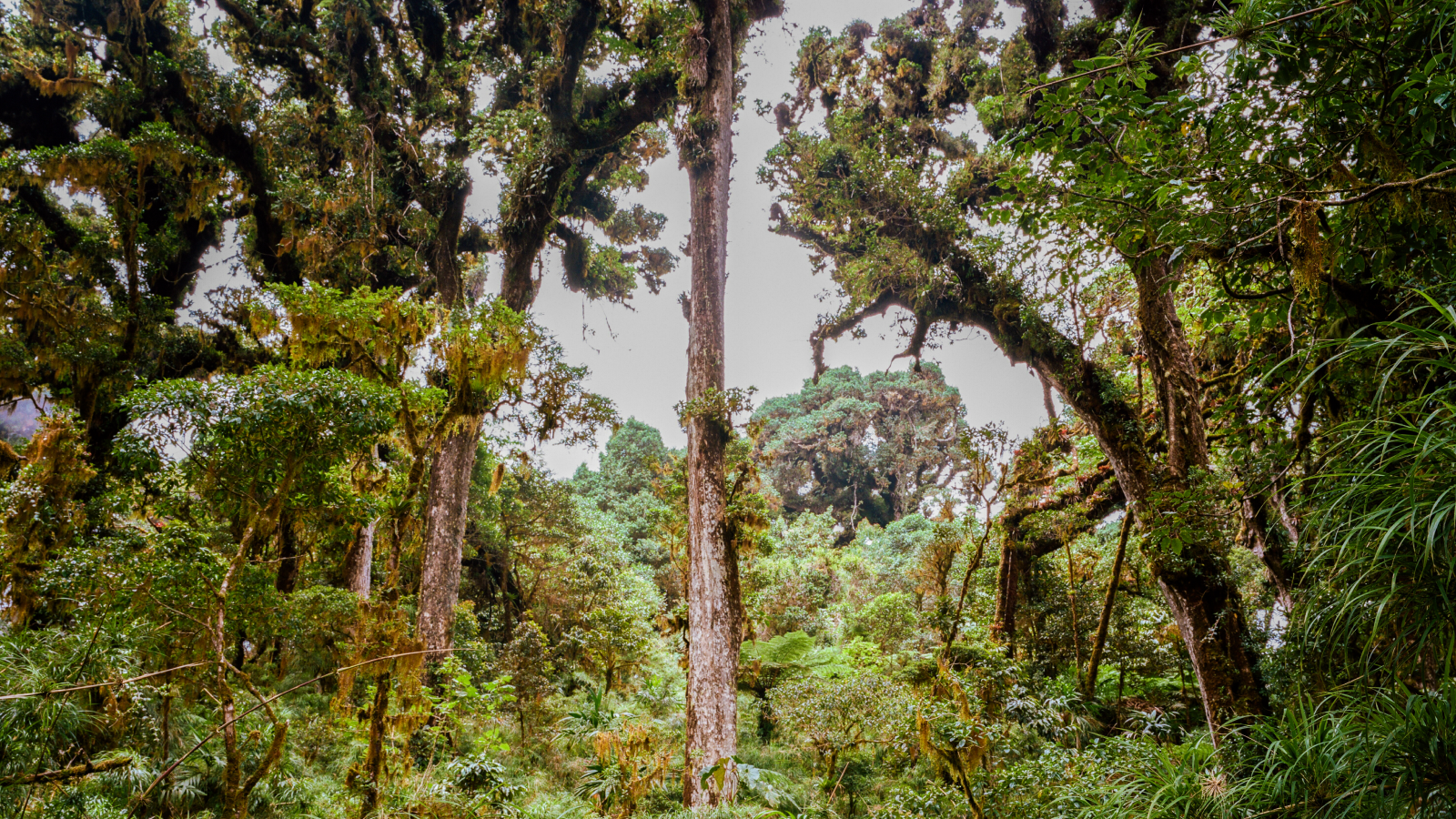Dangerous 'naked' black holes could be hiding in the universe


Black holes are regions of infinite density, known as a singularity. And according to mainstream physics, each of these cosmic matter munchers is fringed by an event horizon –- a boundary where once you fall in, you never come out.
But what if some black holes are naked — completely lacking such frontiers? As far as we can tell, singularities are always wrapped in event horizons, but a more detailed look at the math of general relativity suggests that doesn't have to be the case.
If such naked black holes dot the universe, new research reveals how we might be able to detect one: by looking at the ring of light surrounding it.
Related: What's inside a black hole?
'The Emperor Has No Clothes'
Black holes are a consequence of the mathematics of Einstein's theory of general relativity. Those equations tell us that if a clump of matter collapses on itself into too small of a volume, the gravity of that matter will just keep shrinking it ever smaller until it crushes into an infinitely tiny point. That point is called a singularity, and it's a signal that the math we're using to describe spacetime is completely breaking down.
The gravitational pull of a singularity is infinitely strong. Objects can be pulled toward the singularity faster than the speed of light. Near a singularity, the physics of general relativity can no longer predict the future trajectory of particles — which is one of the main points of physics. Without the power to make predictions, physics falls apart.
Related: 8 ways you can see Einstein's theory of relativity in real life
Get the world’s most fascinating discoveries delivered straight to your inbox.
Thankfully, as far as we know, all singularities are wrapped in an event horizon. The event horizon is the distance away from the singularity where the gravitational attraction is strong enough to pull in anything –- the point where you would have to travel faster than the speed of light to escape. That's what makes a black hole black — even light can't escape them.
Ever since we first discovered the existence of black holes, we've wondered if it's possible to form a singularity without the associated event horizon — a so-called "naked" singularity. This would be a very dangerous place indeed, because it would be a location where the laws of physics break down that is fully accessible to the rest of the universe. At least with a traditional black hole, the singularity is safely wrapped beneath an event horizon, so even though it's a place of extreme and unknown physics, at least whatever happens there is locked away from the rest of the cosmos.
Twisting a point
If naked singularities exist, they certainly aren't common. We know of only one confirmed way of forming singularities, and that's when a giant star runs out of fuel and collapses in on itself. When that happens, the singularity naturally gets an event horizon.
The presence of a naked singularity is so troubling to physicists that they've conjectured that perhaps nature doesn't allow them to exist at all –- but so far we don't have any proof of that idea.
It might be possible to form naked singularities, although only under the most extreme conditions. If a black hole is spinning, it can form a second event horizon, nestled inside the first. The faster a black hole spins, the closer these event horizons get to each other. If it spins fast enough, the mathematics predicts that the event horizons can "cancel out" (the actual physics is of course much more complicated, but you get the idea) and reveal a naked singularity.
Related: The 12 strangest objects in the universe
So far, we have not identified any black holes spinning fast enough to possibly expose their singularities, but otherwise we usually have no way of determining if a random astrophysical object is a regular black hole or a naked singularity. The image provided by the Event Horizon Telescope is an exception, of course, but we don't have a lot of pictures like that one.
Making a difference
A theoretical physicist took this challenge head-on by studying if a naked singularity could reveal itself in other ways, especially if it's surrounded by a ring of material, as reported in a paper published Nov. 12 on the preprint journal server arXiv. This ring, called an accretion disk, is a common feature around black holes (and potentially naked singularities). When gas and dust fall onto a dense, compact object, that material flattens into a disk before funneling all the way down. This disk can be incredibly bright, betraying the existence of a black hole (in fact, this is how we know of the existence of the vast majority of the black holes in the universe).
Most theoretical studies of naked singularities have assumed that the object exists in isolation, which isn't true in the real universe. In the new work, the theorist examined the whole, complex situation, and found a surprising result.
The accretion disk is not completely separate from the black hole (or naked singularity). The disk itself has its own gravitational pull, and it can twist and distort the compact object at the center. This distortion in turn affects the gravitational environment around the object, subtly altering the path of the material swirling inward.
The theorist found that a naked singularity does behave a little bit differently than a normal black hole –- the accretion disk around a naked singularity can be much, much brighter than around a black hole. So far our telescopes don't have the sensitivity to tell the difference, future instruments could; perhaps an updated version of the Event Horizon Telescope would do the trick.
Finding a naked singularity out in the wild would be a major revelation in physics. We would be able to point to a location on the sky where we know that our knowledge breaks down. More detailed studies of the environment around a confirmed naked singularity would divulge some of the deepest mysteries of the universe.
Originally published on Live Science.

Paul M. Sutter is a research professor in astrophysics at SUNY Stony Brook University and the Flatiron Institute in New York City. He regularly appears on TV and podcasts, including "Ask a Spaceman." He is the author of two books, "Your Place in the Universe" and "How to Die in Space," and is a regular contributor to Space.com, Live Science, and more. Paul received his PhD in Physics from the University of Illinois at Urbana-Champaign in 2011, and spent three years at the Paris Institute of Astrophysics, followed by a research fellowship in Trieste, Italy.


